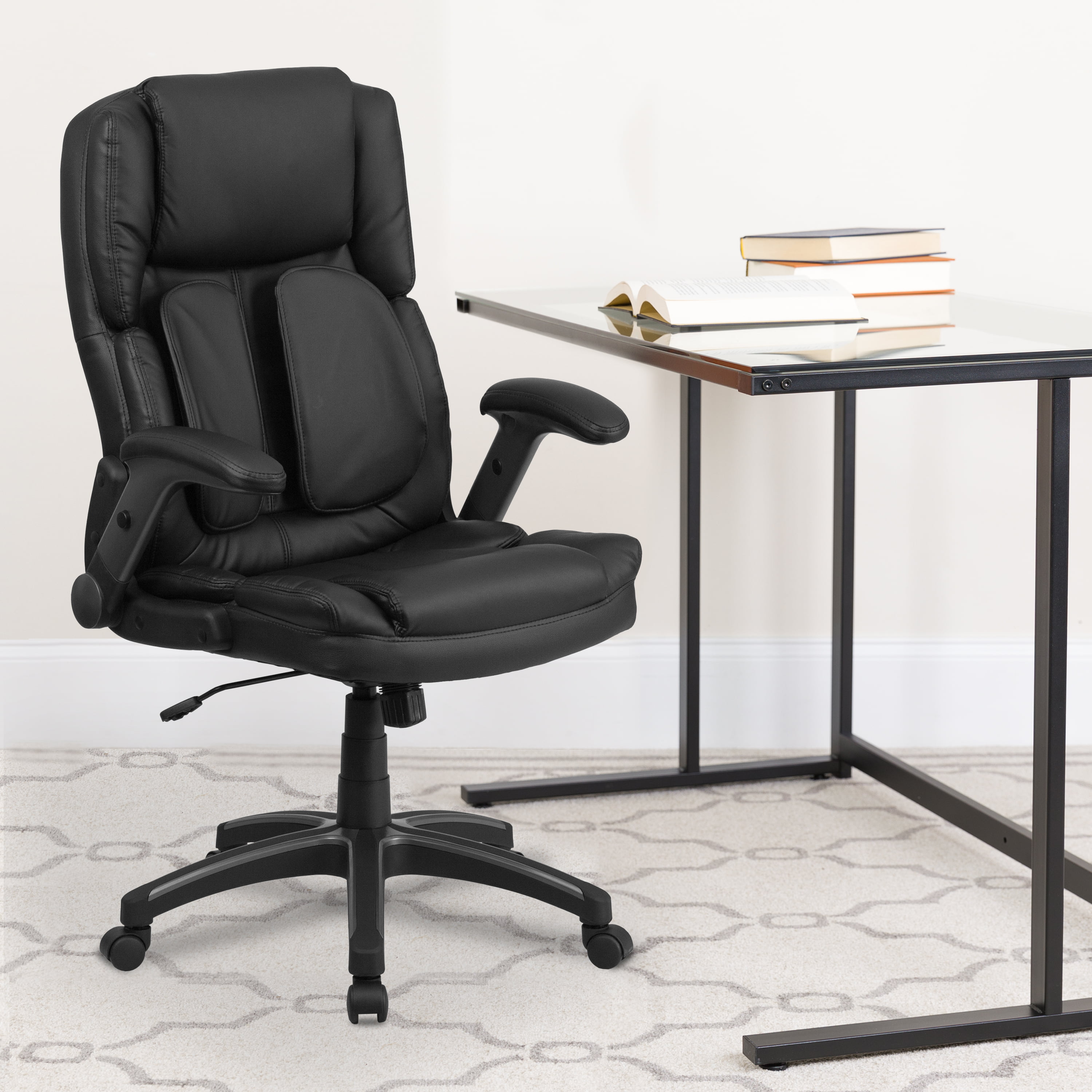Purchasing and Maintaining Stationary Desk Chairs with Arms: Stationary Desk Chair With Arms

Finding the perfect stationary desk chair with arms is like finding the perfect sarong – it needs to fit your style and feel comfortable all day long. A good chair is an investment in your comfort and well-being, especially if you spend hours seated at your desk. Choosing wisely and caring for your chair properly will ensure years of happy, pain-free sitting.
Selecting the Right Stationary Desk Chair, Stationary desk chair with arms
Before you dive into the world of office chairs, consider these key factors to ensure a comfortable and supportive seating experience. Taking the time to assess your needs will prevent future regrets and backaches.
- Seat Height and Depth: Your feet should comfortably rest flat on the floor when seated, with your thighs parallel to the ground. The seat depth should allow for a couple of inches of space between the back of your knees and the edge of the seat.
- Backrest Support: Look for a backrest that supports the natural curve of your spine. A higher backrest provides more lumbar support, reducing strain on your lower back.
- Armrest Height and Width: Armrests should be positioned at a height that allows your elbows to rest comfortably at a 90-degree angle. The width should be comfortable for your arms, avoiding pressure points.
- Material and Upholstery: Consider the material’s breathability and durability. Mesh is a popular choice for its breathability, while leather and fabric offer different levels of comfort and style.
- Overall Style and Aesthetics: Your chair should complement your workspace’s aesthetic. Choose a style that you find pleasing and motivating.
- Weight Capacity: Ensure the chair’s weight capacity exceeds your weight to guarantee stability and longevity.
Common Problems and Solutions
Even the sturdiest chairs can encounter issues over time. Regular maintenance can help prevent these problems, extending the life of your chair and keeping you comfortable.
- Problem: Worn-out upholstery.
Solution: For minor wear, spot cleaning with appropriate upholstery cleaner may suffice. For more significant damage, professional reupholstering might be necessary. - Problem: Loose screws or wobbly legs.
Solution: Tighten loose screws using a screwdriver. If the problem persists, check the chair’s base for any damage and consider replacing it if needed. A little wood glue can sometimes fix minor wood damage. - Problem: Squeaking or creaking noises.
Solution: Identify the source of the noise (often joints or moving parts). Lubricate moving parts with silicone spray or a similar lubricant. If the noise persists, consult a furniture repair professional. - Problem: Faded or stained upholstery.
Solution: Regular cleaning and the use of protective sprays can prevent fading and staining. For existing stains, try a gentle upholstery cleaner; test it in an inconspicuous area first.
Purchasing Stationary Desk Chairs: A Guide
Choosing a stationary desk chair is a personal journey. Consider your body type, your work style, and your budget. Don’t be afraid to try out different chairs before committing to a purchase. Pay attention to how the chair feels – does it support your back properly? Are the armrests comfortable? Does the seat height work for you? Remember, a comfortable chair can make a huge difference in your productivity and overall well-being. Think of it as an investment in your health and happiness. Spending a little more for quality will often pay off in the long run with increased comfort and durability. Read reviews from other users to get an idea of the chair’s pros and cons before making your final decision. And most importantly, choose a chair that you love—one that will inspire you to work and feel good while doing so.
